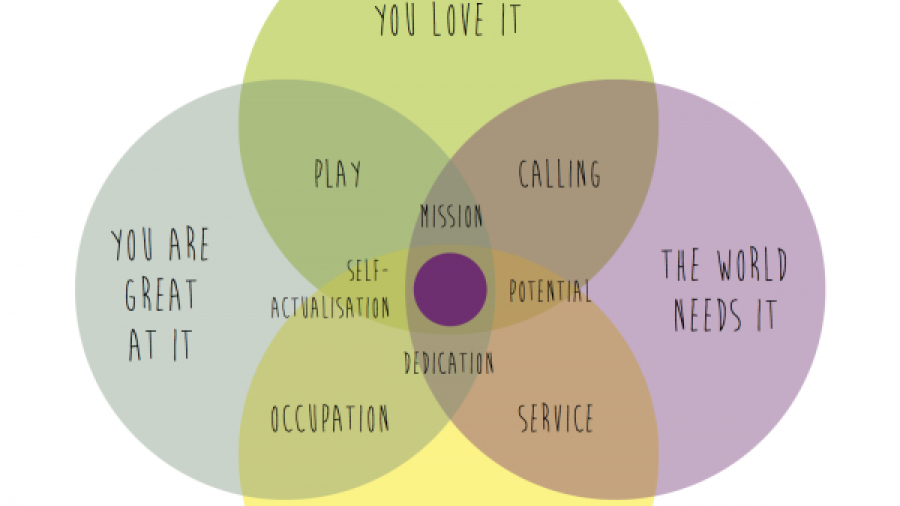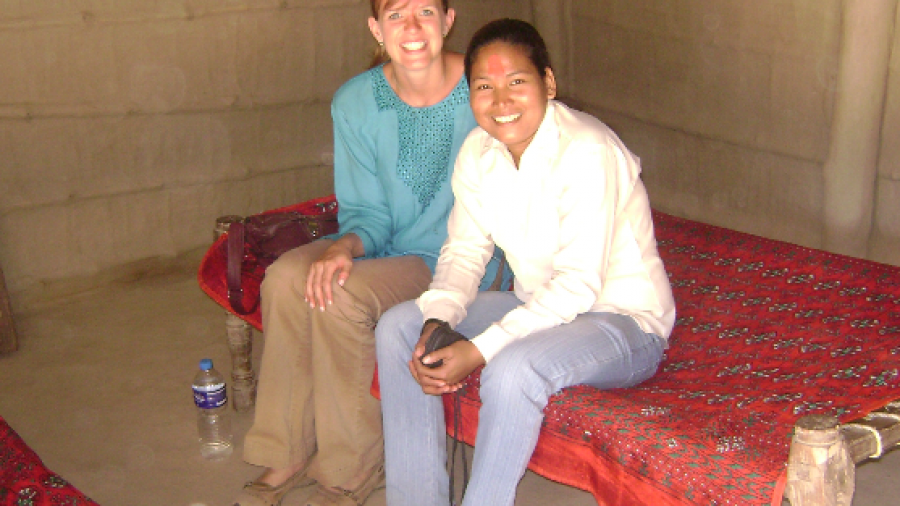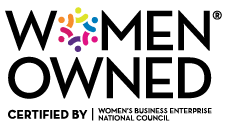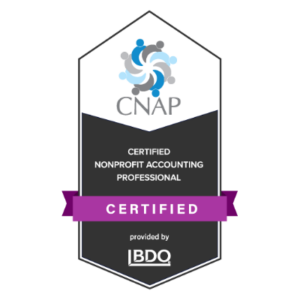Congratulations on surviving the first work week of 2016 and hopefully enjoying the first weekend-between-two-work-weeks as well.
Did you make resolutions this year? Or did you perhaps assign a word to your year instead?
This year I’m using both a word and resolutions to guide my year. I relish the opportunity to use my brand new notebook and pens and essentially write a plan or a guideline for my year. I’ve seen the statistic floating around that only 8% of people keep their resolutions but perhaps it’s the Futuristic in me that uses my resolutions to keep me motivated year-round. I’ve also been known to make a dozen resolutions, accepting nothing but perfection in each – thank you, Maximizer.
My 2016 word is FOCUS.

Our world throws so much stimuli at us constantly that it takes a concerted effort to slow down and focus on one thing at a time. Have you ever found yourself starting an email, then opening your web browser to search for something, clicking over to a blog you’ve been meaning to check, writing another sentence on the original email, calling to schedule a doctor appointment, then checking your bank account balance and returning an hour later to finish that initial 3 sentence email?
If that’s not inefficient, I don’t know what is!
So instead of creating a list of fifteen different resolutions to “focus” on this year, I only have three and I plan on putting my all into making those the absolute best I can.
- Build this business. I’m working with some wonderful organizations and in conversations with others that I hope to add to my roster this year. I am grateful that I can provide my expertise to amazing nonprofits around the globe and want to expand capacity this year. I’m working on some speaking engagements to share what I’ve learned so far with other leaders and professionals which is a stretch beyond my comfort zone. But isn’t that where we create beautiful change?
- Gain more financial strength. Those student loans aren’t doing anyone any good (unless you’re the lender, of course).
- Practice yoga at least once a week. I’ve found a wonderful yoga teacher I truly connect with and that hour in a dark, warm room is therapeutic. I get to move my body while keeping my mind completely still. For someone with ideas swirling throughout my head constantly, this is a beautiful treat.
What’s your word this year?
(Check back next week for the scoop about audit prep! Audit season is quickly approaching for all of you December 31st year-enders and it’s never too early to start preparing.)




























